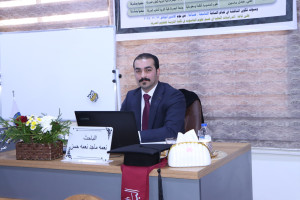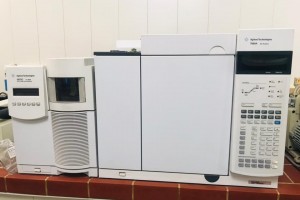
The College of Education for Pure Sciences, Department of Physics, University of Basra, discussed a doctoral thesis on the synchronization of lasers in optical communication systems.
The thesis presented by the researcher (Haider Abdul Wahed Hammoud) included
A simulation of chaotic synchronization for a unidirectional open principal and follower semiconductor laser is presented. Three different systems were taken into consideration, which are the single-mode laser system, the multi-mode laser system, and the selective injection laser system. The efficiency of these systems was tested in the possibility of obtaining different types of synchronization.
Objectives of the thesis
Emphasis was placed on the chaotic behavior of lasers under the influence of optical feedback and optical injection.
Where it will work to find the appropriate conditions to obtain multiple types of chaotic synchronization.
Measure and compare the difficulty of obtaining each type of synchronization under study.
And work on the study of synchronization behavior under the influence of different values of Coupling strength.
The effect of modulation frequency and frequency detuning on synchronization was studied.
Thesis concluded
Several types of synchronization have been obtained namely perfect, generic, expected and synchronous, which can be distinguished not only by the time delay between the output intensities of the transmitter and receiver, but also by the coupling parameters.
A distinction has been made between expected and synchronous synchronization using the cross-correlation function equation when the laser output of the transmitter and receiver devices is not clear enough to distinguish between them, in addition to its importance in determining the exact synchronization quality. The study concluded that the appropriate value of the modulation frequency was a necessary condition to maintain the synchronization quality. The simulations also focused on the effects of frequency mismatch for different values of coupling strength.
The simulation results show that the systems are sensitive to the frequency mismatch between the transmitting and receiving laser devices. Therefore, a proper increase in coupling strength is a necessary solution to reduce the effect of frequency mismatch and provide high quality synchronization, which means excellent economic feasibility.
Finally, these results were supported by many previous empirical and theoretical studies
 .
.







